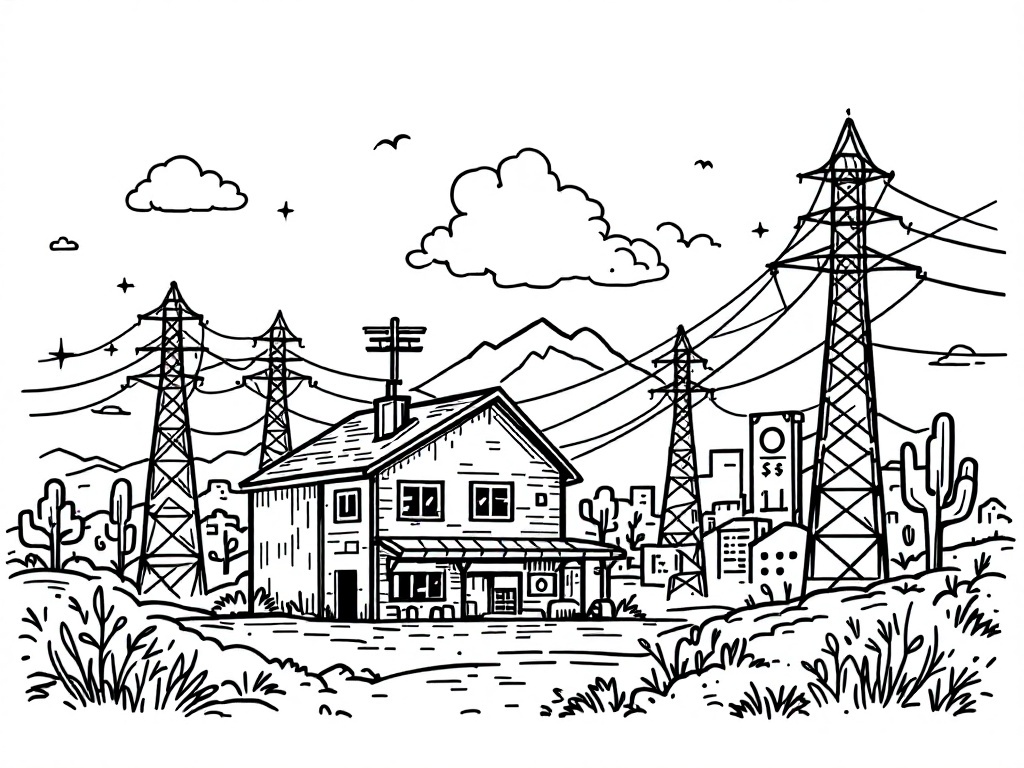Grid-Connected Energy Storage Market Projected to Triple by 2030

New York, Friday, 28 March 2025.
By 2030, the grid-connected energy storage market is expected to exceed $9 billion, driven by investments in maintaining grid stability and integrating renewable energy sources. Key advancements signal a transformative shift in energy policy and market dynamics.
Market Growth and Investment Trajectory
The global grid-connected energy storage market, currently valued at $2.8 billion in 2024, is projected to achieve remarkable growth with a compound annual growth rate (CAGR) of 22.3% through 2030 [1]. Within this expanding market, lithium-ion batteries are positioned to dominate, with expectations to reach $7.9 billion by 2030 [1]. This growth trajectory reflects a 6.6 billion dollar increase over six years, demonstrating the sector’s robust expansion potential.
U.S. Market Developments and Policy Implications
In the United States, the energy storage landscape is experiencing significant transformation, with utility-scale Battery Energy Storage Systems (BESS) installations projected to reach between 15GW to 19GW in 2025 alone [2]. However, market dynamics are being influenced by policy uncertainties, particularly regarding renewable energy tax credits and tariff structures [2]. A notable development is the impending increase in non-EV battery tariffs from China, set to rise to 45% by January 2026, which is driving a surge in pre-deadline orders [2].
Global Market Evolution and Regional Initiatives
Significant developments are emerging across global markets. Mexico, for instance, has recently implemented comprehensive energy storage regulations as of March 7, 2025, targeting 27 gigawatts of renewable deployment over the next five years [5]. In a notable development, Zelestra has secured a substantial 220 MW/1 GWh solar-plus-storage power purchase agreement in Chile [6], exemplifying the growing integration of storage solutions with renewable energy projects.
Technology and Investment Trends
The market is witnessing a ‘flight to quality’ trend, with investors increasingly focusing on premium assets and established developers [2]. This shift is particularly evident in the context of rising domestic energy demand, projected to grow 1-3% annually due to increased AI implementation and industrial electrification [7]. The integration of advanced storage technologies is becoming crucial for grid stability, with energy storage systems playing a vital role in balancing supply and demand while enhancing grid reliability and efficiency [1].